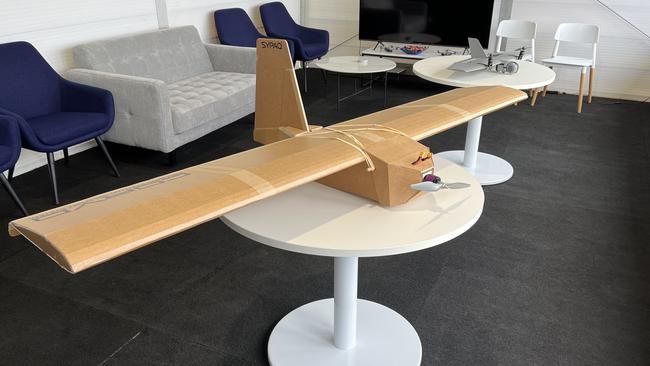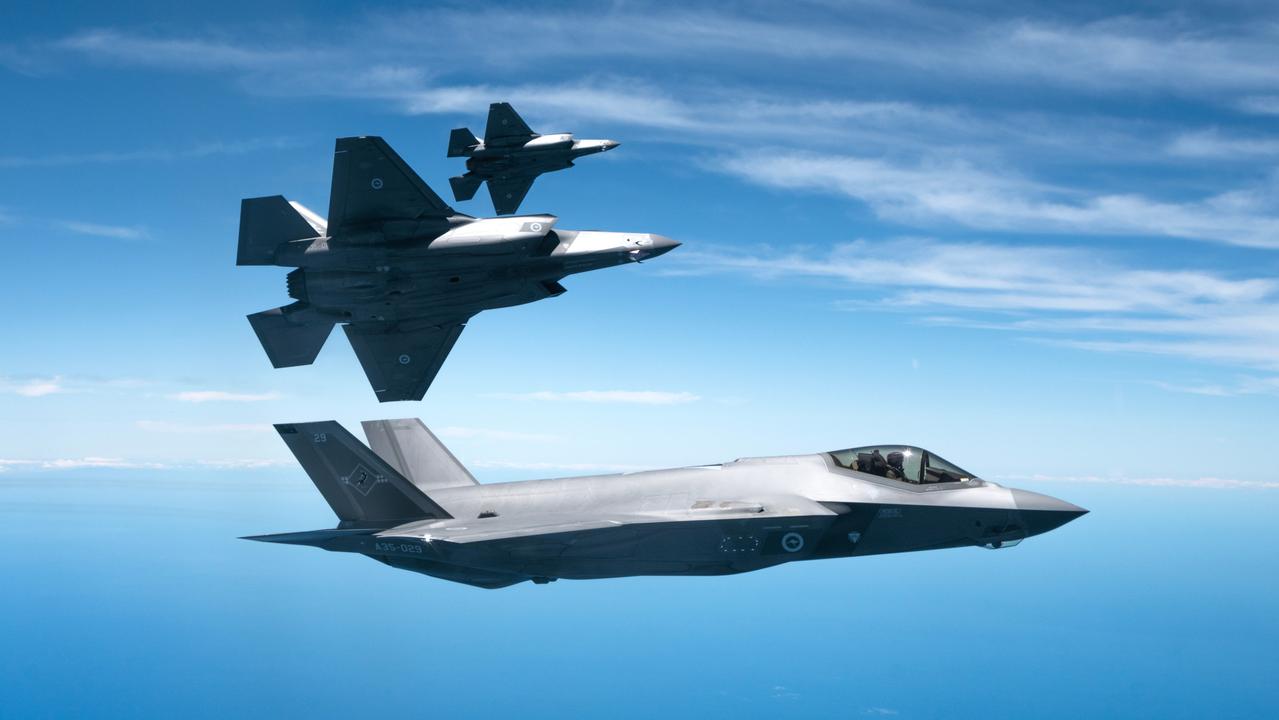ASCA on target to finalise drone deal
Defence’s Advanced Strategic Capabilities Accelerator (ASCA), last month conducted its Uncrewed Air System Challenge, a trial to equip the ADF with a small and general-purpose drone.

Television viewers have been mesmerised by footage shot from small drones in Ukraine and Gaza. Many of them ask, why don’t we have something similar? Defence’s Advanced Strategic Capabilities Accelerator, or ASCA, is working on that.
Last month, ASCA conducted its Uncrewed Air System Challenge, a trial of 10 contenders to equip the Australian Defence Force with a small Intelligence, Surveillance and Reconnaissance (ISR) and general-purpose drone.
The outcome of the trial hadn’t been disclosed at the time of writing, but in an interview earlier this year Professor Emily Hilder, the head of ASCA, said, “As part of that fly-off, companies are delivering a prototype and a production plan to demonstrate how they can deliver at scale.
“We might find there are customers in Defence or other parts of government who are ready to buy these systems straight away. Another outcome is that we might offer development support to companies to help them increase production, to get from a prototype to a suitable production model.
“We want to be able to move rapidly and in an agile way to explore the full range of possibilities.”
That last sentence is important: ASCA is an accelerator and it works with Defence’s capability managers. It doesn’t do anything unless Defence wants it badly and can field it quickly.
Last August’s Request for Information (RfI) from ASCA – which was barely a month old at the time – stated it was looking for a lightweight Uncrewed Air System, or UAS, that could be produced at a greater scale than is currently possible. And it wanted to avoid the security problems and supply chain issues which hamstring current commercial “drone” suppliers.
The brief called for a small, cheap UAS for training, surveying and ISR with a maximum weight of 2kg. It’s not clear how many of the 250 respondents could meet the 2kg target, and it’s not clear how rigid that Defence specification was.
The UAS Challenge was also about testing new acquisition processes for fast-moving technologies, as well as the ability of Australian firms to deliver quickly and in numbers.
And it’s not clear whether the 10 selected companies were each heading a consortium or were offering what they do best. Both SYPAQ Systems and DefendTex have lightweight ISR and attack drones proven in operational service with the ADF’s allies, including Ukraine.
It’s clear Defence wants to do business with good businesses. Not all of the companies participating in the UAS Challenge are defence firms, for example, but that doesn’t matter. The question is: can they deliver reliably and in significant numbers?
Since the trial, ASCA has been evaluating each participant’s technology as well as its ability to ramp up production to a meaningful level and in a meaningful time frame. Defence has not specified what “meaningful” actually means, but Ukraine’s experience contains a clue: a London-based thinktank, the Royal United Services Institution, estimated last year that Ukraine was losing 10,000 UASs every month.
That’s a pointer towards the scale of ongoing ADF and allied demand for general purpose and ISR UASs. And earlier this year Assistant Defence Minister Matt Thistlethwaite said the ADF would also field loitering munitions – so-called “suicide drones” – in 2024. Participants in ASCA’s UAS Challenge were asked what else their UASs could do, an implicit reference to the future loitering munition market.
What sort of UASs will the ADF get? How many are enough, and when will we see them? Watch this space for a reply.
THE 10 COMPANIES IN THE ASCA DRONE TRIAL
● AMSL Aero
● Autonomous Technology
● Bask Aerospace
● Boresight
● Crystalaid Manufacture
● DefendTex Military Products
● Geodrones Australia
● Ichor Autonomy
● SYPAQ Systems
● V-TOL Aerospace


